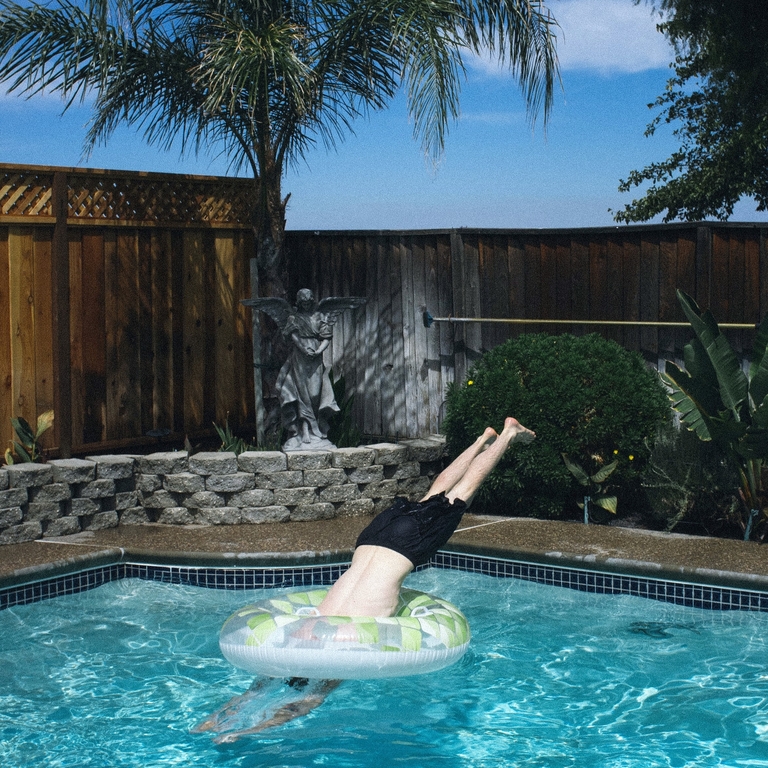If you have bought a house with plenty of backyard space you might have been thinking about putting a swimming pool there where you can swim, relax and just enjoy the coolness during hot summer days.
Perhaps you would love to invite your friends and family to pool- and BBQ parties during the weekends or maybe you imagine how having a swim first thing in the morning could be a refreshing way to start the day.
In Spain and Portugal it is quite common to have a piscina, especially in the southern parts where it’s hot many days of the year. Before you dive into planning your new project, it’s necessary to be aware of a few things.
In this article we cover the basics and hope our information will come handy to you.
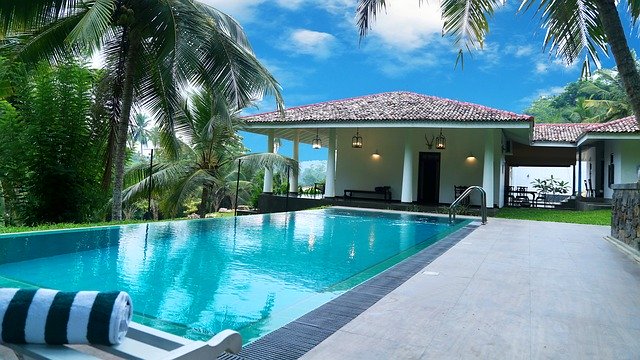
Prepare the Documentation
Naturally, much depends on the specifics and what’s provided on the lot where you want to build or install the pool. Initially, to build a swimming pool it is important that you adjust to the municipal, regional and state regulations.
Therefore, the first step is to request the list of conditions required for building a private pool from the town hall (example). After you have the requirements in hand you schedule a consultation with a specialized architect to survey the potential pool area and then you send that information and documentation to the city hall together with a plan.
Among the main conditions that a private pool must meet, are the following:
- Comply with the Technical Building Code, and in case of heated swimming pools also with the Regulation of Thermal Installations in Buildings.
- Control of safety and sanitary conditions.
- Chemical products approval for water treatment.
- Quality control of water, air and maintenance systems.
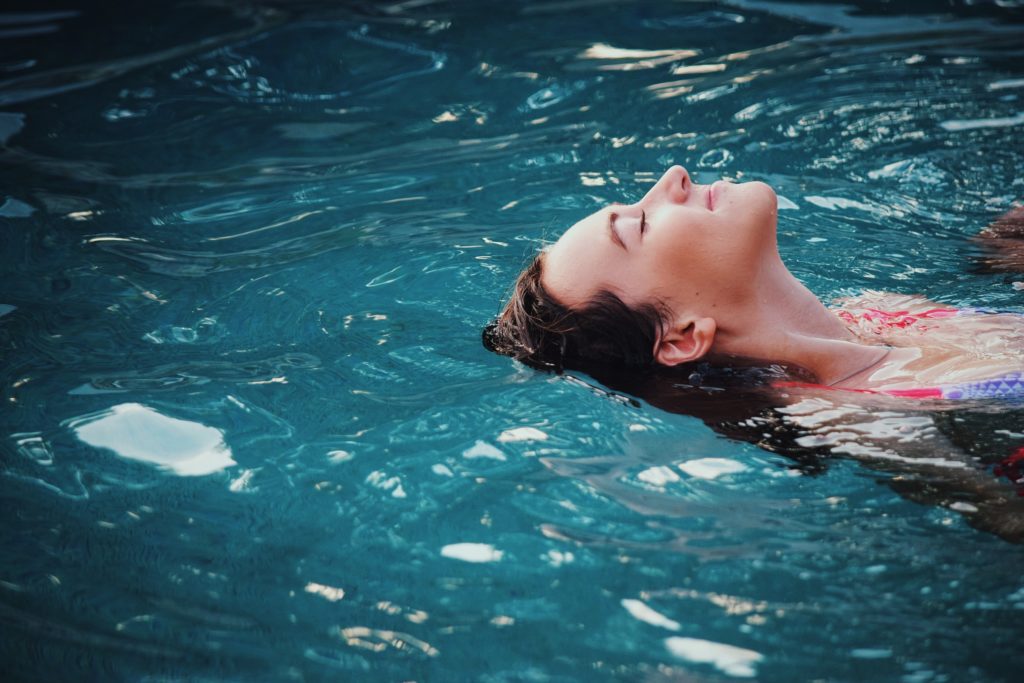
Important Steps
The paperwork handling is the most time consuming within the whole process. The handling time varies depending on which municipality you belong to; from a couple of months to up to a whole year. Normally the city hall should be able to tell you how long you can expect to wait before you get an answer.
If you start building before you have all the permits and papers in order, you risk being fined between 50% and 300% of the total value of the project (in Spain).
It’s also important to be aware that the costs for building the pool can exceed the expected budget because you might run into unexpected obstacles while building or installing it.
Therefore, make sure you have some financial flexibility and assure that your pool is built correctly. If it’s poorly built it can actually decrease the value of the property.
Common Pool Types
If your building request is approved, you can proceed with the more fun part – choosing which type of pool you’d like! Depending on the conditions of the pool area, there might be some restrictions to what kind of pool you are allowed to install.
Common in-ground pool types are vinyl-lined, fiberglass and concrete. Talk to your qualified pool builder to figure out which option is best for your backyard and budget.
Vinyl-lined Pool
All pools require quite a bit of maintenance, although the benefit of the vinyl pool is that it’s easier to keep clean as opposed to a concrete- or fiberglass pool. Modern vinyl liners are very durable.
Vinyl has a nonporous surface which doesn’t require as many chemicals thrown into it as a concrete pool. Pools with vinyl liners last more than 20 years, providing that you replace the liner every 6-12 years.
Fiberglass
The fiberglass pool is very strong and durable and shares many good attributes with the vinyl-lined pool. The main difference is that fiberglass pools are less likely to be punctured.
This in turn means a lower risk for damage and less overall maintenance over the pool’s life time. They work well with salt chlorine generators and are easy to install. Fiberglass pools’ longevity often reach over 30 years.
Concrete
The best thing about a concrete pool is that it can be customised the exact way you want it. This might be preferable to those who want to take their creativity to the next level.
A concrete pool allows you to make it however you like. You can for example decorate it with beautiful mosaic tile or other desirable details.
It is also very durable, like fiberglass, although you’d have to resurface the concrete every decade. A downside is that it requires more maintenance than the other kinds.
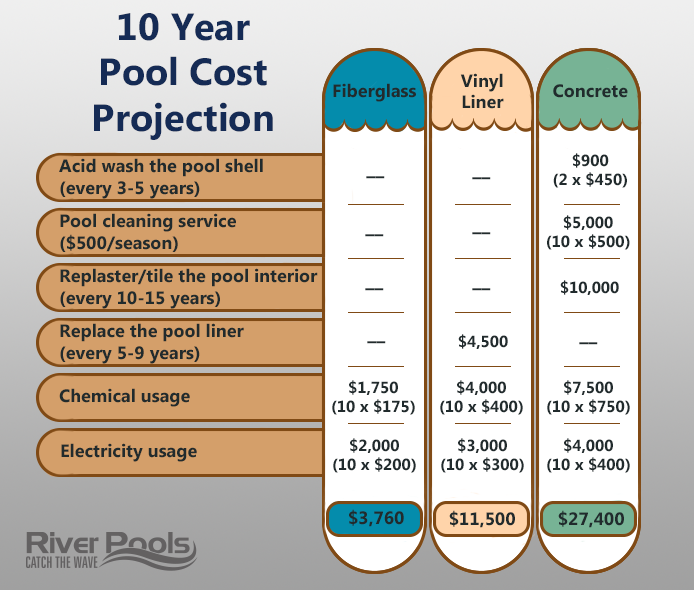
Water Maintenance
Maintaining the water cleanliness is very important for the health of the people using it but also for the pool system and all that comes with it. If the water is clean, the filter, pump and other components will also last longer.
The pool should be cleaned and checked for pH and chlorine levels about 2-3 times per week during the summer.
If your pool becomes very dirty with for example algae and other contamination, you can “shock” the pool by adding a high dose of chlorine to bring your pool back to being clean.
It usually works within 1-3 days although sometimes up to a week if it’s in extreme condition.
Salt System
Salt Systems are increasingly popular and a healthier alternative for treating pool water. The salt (sodium chloride) is added at 4-6 grams per litre, which is six times less than the salt concentration in seawater.
Automatic pH Regulators
It’s important to have the pH regulated in the pool. Keeping a pH value between 7.2-7.6 is desirable. If the pH is on a lower level, and therefore acidic, the skin can become irritated, red and itchy.
Your eyes might swell and it can cause serious issues. A rusty ladder for example can be a cause for the water to become more acidic.
If the water on the other hand has a pH level that is too high, the water can become cloudy and more bacteria will thrive, making it dirty.
Keeping the right pH balance in your pool will keep the water sparkling clean and help protect your heater, pump and other components from damage.
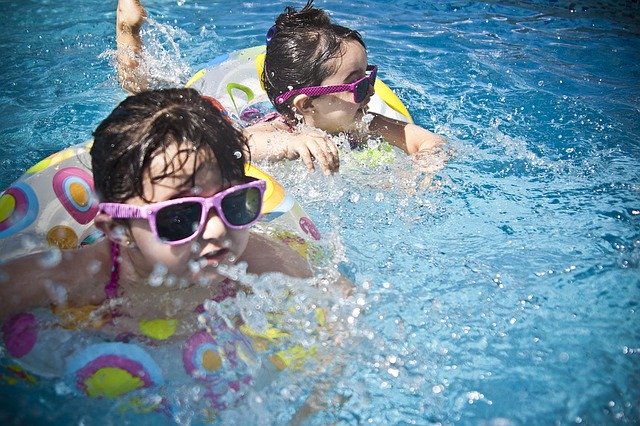
Chlorine
The most common form of keeping the pool clean is with chlorine, which must be tested for in two different forms; free chlorine and combined chlorine.
The free chlorine kills bacteria and eliminates pollution while the combined chlorine is chlorine which has reacted with ammonia (from for example human sweat) and has formed chloramines.
The chlorine doesn’t have disinfectant properties once it has become combined. Acceptable free chlorine levels should range between 1.0-5.0 ppm.
The commonly believed myth is that if you notice a sharp chlorine odour it means that there is too much chlorine in the water.
In reality, it’s actually the chloramines creating the smell and more free chlorine should be added to the pool to “burn off” the waste product.
It is the chloramine in conventional chlorine that can cause burning eyes, itchiness, hair brittle and other types of irritation.
If you are sensitive to chlorine, have asthma or eczema for example, salt water pools are your better option.
If you test the water for chlorine levels make sure you are using a good brand testing kit. Adding liquid chlorine does not increase the pH levels of the water.
Pool Pump
A pump should last about 8-10 years. The most energy efficient are the TriStar® VS variable speed pool pumps, saving pool owners up to 90% on energy costs.
The most quiet pumps in 2020 are:
- Pentair 342001 Variable Speed Pump.
- Pentair 011018 IntelliFlo Variable Speed High-Performance Pump.
- Hayward SP2303VSP MaxFlo VS Variable Speed Pump.
Filter System
The filter is also a crucial component for maintaining good conditions. The pump forces the water through the skimmers and reaches the filter which in turn traps the dirt particles. Once it passes through the filters, the water goes back into the pool.
These are the best filters that we found:
- Intex Krystal Clear Sand Filter Pump.
- Intex 28635EG Krystal.
- SUNCOO Pro 2450GPH Sand Filter Pump.
The best filter we found against dog hair is Hayward S244T ProSeries Filter.
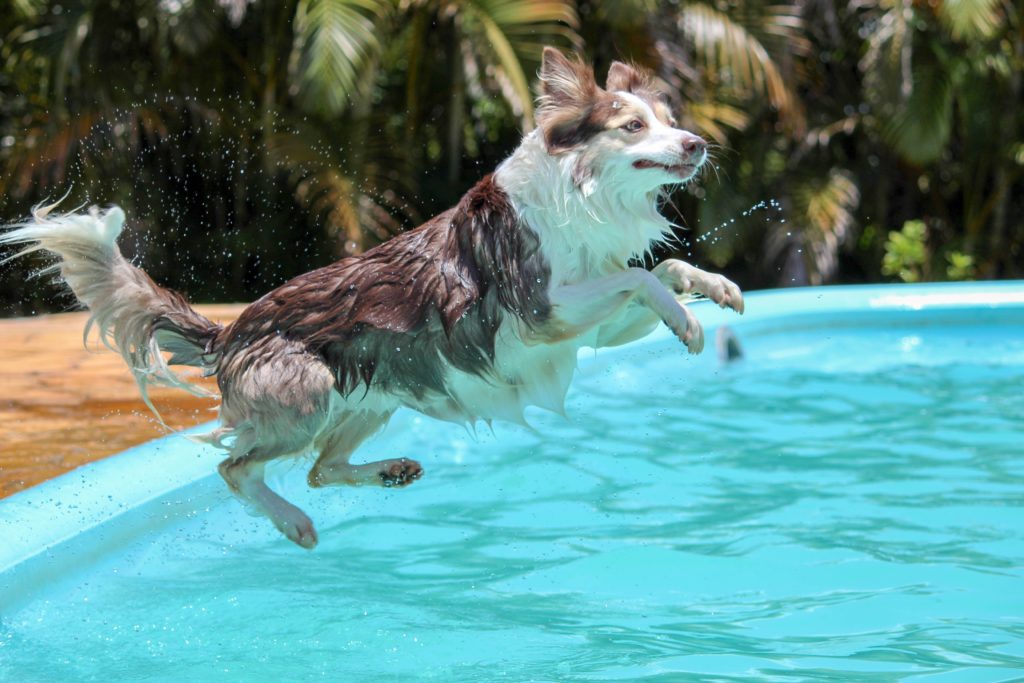
Pool Landscaping
You also need to plan the landscaping. Are you considering to put a lawn, flagstone or wooden decks?
Perhaps you’d like a few trees or bushes to give some shade in the hot afternoons. Some popular low-maintenance plants around the pool are agave, aloe and yucca.
Give your poolside a tropical look you might want to have some small palm trees and cycads for example.
Perhaps you’d like to put rocks or a cave with a waterfall to stand under for a water massage. Maybe you would enjoy having a trampoline?
